The Difference Between Plaque and Tartar
The difference between plaque and tartar is not just a minor detail in oral care; on the contrary, it’s the first key to understanding what’s happening inside your mouth every day without you realizing it.
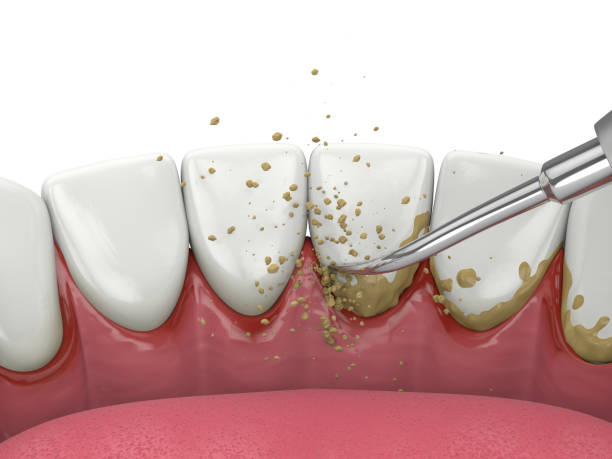
The Difference Between Plaque and Tartar
Plaque, that thin and sticky layer, forms continuously on tooth surfaces, especially after eating or neglecting daily cleaning. Although it may seem invisible, plaque is a silent threat if left untreated.
So, the first thing your mouth needs is your awareness of how to deal with this silent enemy: How do I remove dental plaque? This is a fundamental question that leads you to simple yet effective steps that begin with a toothbrush and dental floss and end with complete protection.
But don’t stop there—plaque buildup often begins silently, especially as it creeps into hard-to-see areas and is fueled by daily neglect. If left unchecked, this buildup can lead to something more serious: the damage caused by tartar, which affects not only your teeth’s appearance but also your gums, comfort, and self-confidence.
It’s important to note that tartar removal requires professional tools that only dentists possess, and cannot be replaced by any home remedy.
In this article, I will take you on a detailed journey that covers all of these topics, ensuring you get the most accurate information possible.
The Difference Between Plaque and Tartar
As mentioned earlier, plaque is a thin bacterial layer that forms continuously on your teeth. Tartar, on the other hand, is plaque that has hardened over time due to neglect. The primary difference lies in removability: plaque can be easily removed daily, while tartar requires professional dental intervention.
Main Topics Covered in This Article
- The difference between plaque and tartar
- How to remove dental plaque
- Plaque buildup on teeth
- The dangers of tartar
- How to remove tartar
The Difference Between Plaque and Tartar (In-Depth)
Let me tell you something you may not know: many habits you think are harmless are actually hidden contributors to plaque buildup, especially when repeated mindlessly. Plaque doesn’t only result from skipping brushing but also from brushing incorrectly or at the wrong times.
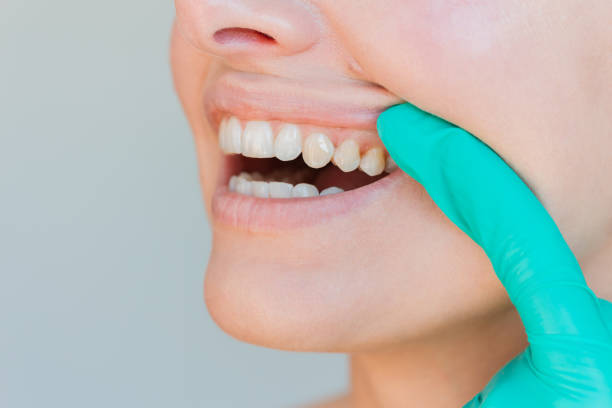
The Difference Between Plaque and Tartar (In-Depth)
True prevention starts with correcting habits, not just repeating them. The difference between plaque and tartar is not only about appearance but also about how quickly they form and how easily they can be removed.
Here are some of the most common mistakes people make:
- Brushing too quickly and ignoring back teeth and crevices leaves behind food particles that bacteria thrive on.
- Relying solely on the toothbrush and ignoring floss, even though floss is key to removing plaque from hidden areas.
- Consuming sugars and starches and delaying brushing—bacteria feed on these foods within minutes.
- Drinking sodas and acidic juices without rinsing afterward, which increases plaque adhesion.
To help you evaluate your own habits, here’s a quick guide showing whether your daily actions promote or prevent plaque:
| Daily Habit | Effect on Plaque | Corrective Tip |
| Brushing quickly without focusing on angles | Promotes plaque | Spend at least 2 minutes brushing all surfaces thoroughly |
| Using toothbrush only, no floss | Doesn’t remove plaque between teeth | Use dental floss daily for deep cleaning |
| Drinking sodas without rinsing | Increases plaque formation | Rinse your mouth with water after acidic drinks |
| Brushing only once a day | Insufficient to stop plaque | Brush at least twice daily, morning and night |
| Eating before bed without brushing | Gives bacteria time to harden plaque into tartar | Always clean your mouth before sleeping |
A True Story About Plaque Buildup
“I never thought brushing quickly before work would be something I’d regret. Every morning, I’d rush through brushing—no floss, no rinse, no care. I thought: as long as they look clean, I’m fine.
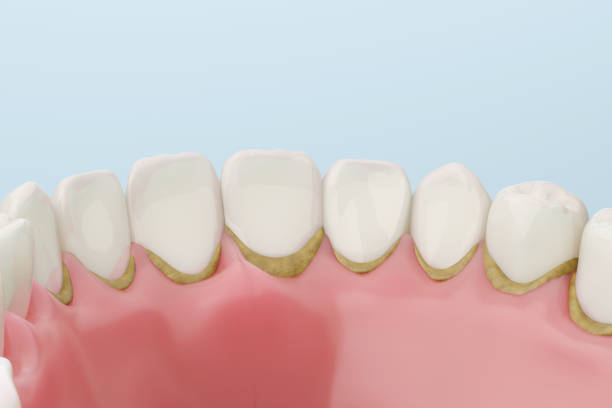
A True Story About Plaque Buildup
Months later, I started noticing a slight discoloration at the gumline, persistent bad breath, and even some bleeding while brushing. I ignored it—until one morning, I woke up with severe gum pain and a heavy feeling in my teeth.
I went to Dent Turki Center thinking it was a cavity, but the dentist said: ‘You’ve let plaque build up into tartar, and now you have serious gum inflammation.’
That was a wake-up call. I underwent professional cleaning with advanced techniques and finally felt my mouth clean and fresh like never before. The team taught me the real difference between plaque and tartar. Today, I never skip a brushing and never miss my appointments with Dent Turki Center—they didn’t just treat my teeth; they changed my mindset.”
Contact Dent Turki Center at: 00905511201866
How Do I Remove Dental Plaque?
If you’re wondering how to remove plaque, the answer lies in preventive care and consistency. One major difference between plaque and tartar is that plaque can be easily removed—if caught early.
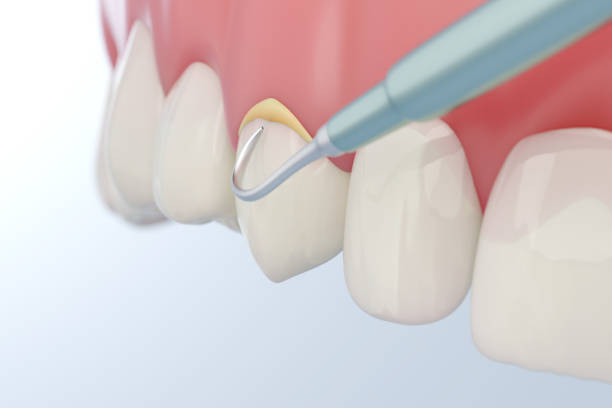
How Do I Remove Dental Plaque?
Have you heard of veneers and lumineers for smile enhancement?
For those seeking a balanced, radiant smile, veneers and lumineers are among the most advanced and attractive options, offering fast and natural-looking results. Here’s how they compare:
| Feature | Veneers | Lumineers |
| Thickness | Thicker; requires surface prep | Thinner; usually doesn’t require enamel removal |
| Application | Enamel must be shaved | Can be applied directly without prep |
| Tooth Preservation | Alters tooth shape | Preserves natural tooth structure |
| Aesthetic Result | Excellent for deep stains and gaps | Best for minor imperfections |
| Procedure Time | Typically two sessions | Often one session |
| Strength | Strong and suitable for larger corrections | Less durable; not ideal for heavy bites |
| Cost | Usually more affordable | More expensive due to advanced technology |
| Removability | Not reversible | Can be removed if tooth wasn’t shaved |
Let your smile shine confidently at Dent Turki Center, where your oral health is our priority.
Contact: 00905511201866
Plaque Buildup on Teeth
Plaque buildup happens when oral hygiene is neglected. It often progresses into tartar, which is harder to deal with. This demonstrates the key difference between plaque and tartar.
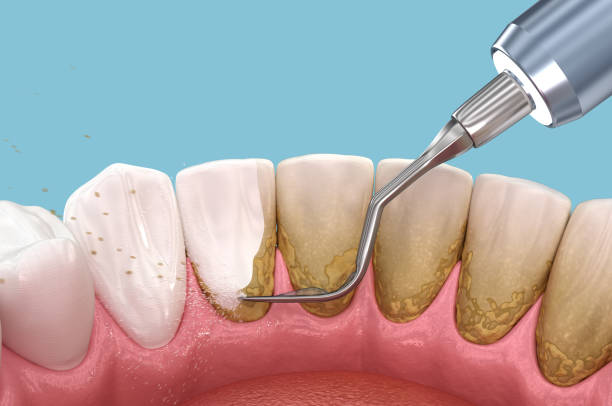
Plaque Buildup on TeethPlaque Buildup on Teeth
Now, let’s talk about how to choose the right toothpaste—because it’s more than just picking a scent or brand.
Here are the essential benefits your toothpaste should provide:
- Protect enamel from erosion and decay.
- Support gum health by reducing inflammation.
- Reduce sensitivity to hot and cold foods.
- Whiten teeth safely without damaging enamel.
Here’s a comparison table to help you choose:
| Health Benefit | Who Needs It | How Toothpaste Helps |
| Prevent cavities | Those who consume lots of sugar | Contains fluoride and bacteria-fighting compounds |
| Gum support | People with bleeding/inflammation | Includes anti-inflammatory agents |
| Reduce sensitivity | Anyone sensitive to cold/hot | Reinforces dentin and reduces nerve reaction |
| Safe whitening | Aesthetic-focused users | Uses gentle abrasives to remove surface stains |
At Dent Turki Center, we offer professional care tailored to your unique oral needs.
Visit us today: 00905511201866
The Dangers of Tartar
Tartar is not just a cosmetic issue—it can cause serious gum infections. This highlights the difference between plaque and tartar: one is easy to miss, the other leaves a painful mark.
You might also wonder: Do radio waves or Wi-Fi signals affect dental implants?
Here’s what science says:
- Dental implants are made from non-reactive metals like titanium and are electrically neutral.
- They don’t generate heat or reflect radio signals, so they are safe in high-tech environments.
- Wi-Fi and radio frequencies are too weak to affect implanted metals in any way.
- No scientific studies have shown any negative interactions between wireless signals and dental implants.
Don’t fall for myths. Trust the science—and trust Dent Turki Center for both prevention and treatment.
Call now: 00905511201866
Tartar Removal
Tartar cannot be removed at home—it requires professional cleaning. That’s another key difference between plaque and tartar: only a dentist can remove tartar safely.
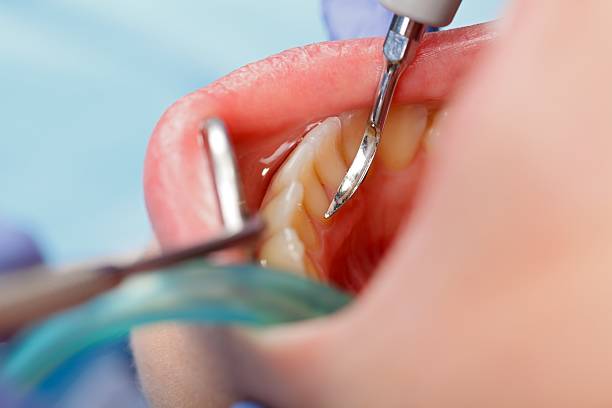
Tartar Removal
Interestingly, your screen time may be affecting your mouth health too. Blue light from phones and computers disrupts your sleep and hormonal balance, which can reduce saliva and increase dry mouth—creating a favorable environment for plaque.
Quick summary:
- Blue light reduces melatonin, disrupting your natural sleep cycle.
- Poor sleep affects saliva regulation, leading to dryness.
- Dry mouth causes bad breath, cracked tongue, and weaker enamel.
- You may enjoy late-night browsing, but it could silently damage your oral health.
Don’t underestimate the power of blue light—protect your smile.
At Dent Turki Center, we offer expert tartar removal and full oral care.
Call now: 00905511201866
Frequently Asked Questions
- Can tartar be removed at home?
No. Tartar requires professional tools and care from a dentist. - Does tartar cause tooth loss?
Yes. If left untreated, it can lead to gum disease and bone loss. - Are there clinics in Turkey that specialize in gum treatments?
Yes, including Dent Turki Center, which offers effective and affordable treatment.
Final Thoughts
In the end, understanding the difference between plaque and tartar is the first step toward proper dental care. Those who recognize this difference are better equipped to protect their smile, maintain healthy gums, and live confidently.
